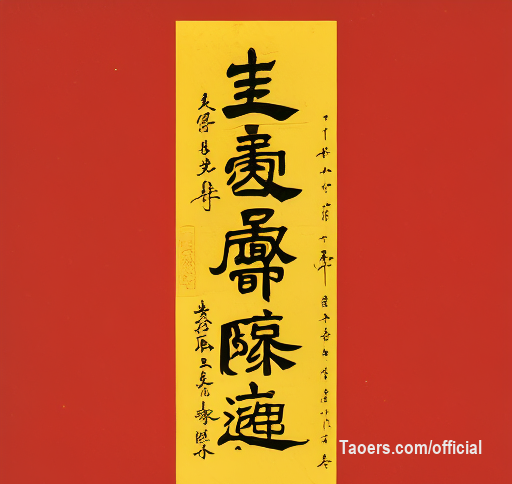Tangka 新增功能
$19.9
有貨
Shenzhen Guangdong china
0 Reviews
The red thangka is a captivating work of art.
The rich red hue of this thangka is both vivid and intense, immediately drawing your eye. It symbolizes passion, energy, and strength. The red color is painstakingly applied with natural mineral pigments, ensuring its longevity and vibrancy.
The details on the red thangka are exquisitely crafted. Delicate lines create sacred images, whether it's a majestic Buddha or a profound religious scene. The red backdrop enhances the solemnity and grandeur of these figures, making them seem to emanate a powerful aura.
This thangka is made on high-quality canvas, with meticulous workmanship that reflects the dedication and skill of the artist. It is not only a religious object for worship but also a valuable art piece for collection. The red thangka can bring a touch of warmth and spirituality to any space, inviting you to explore the profound mysteries of religious art.
The rich red hue of this thangka is both vivid and intense, immediately drawing your eye. It symbolizes passion, energy, and strength. The red color is painstakingly applied with natural mineral pigments, ensuring its longevity and vibrancy.
The details on the red thangka are exquisitely crafted. Delicate lines create sacred images, whether it's a majestic Buddha or a profound religious scene. The red backdrop enhances the solemnity and grandeur of these figures, making them seem to emanate a powerful aura.
This thangka is made on high-quality canvas, with meticulous workmanship that reflects the dedication and skill of the artist. It is not only a religious object for worship but also a valuable art piece for collection. The red thangka can bring a touch of warmth and spirituality to any space, inviting you to explore the profound mysteries of religious art.
The red thangka is a captivating work of art.
The rich red hue of this thangka is both vivid and intense, immediately drawing your eye. It symbolizes passion, energy, and strength. The red color is painstakingly applied with natural mineral pigments, ensuring its longevity and vibrancy.
The details on the red thangka are exquisitely crafted. Delicate lines create sacred images, whether it's a majestic Buddha or a profound religious scene. The red backdrop enhances the solemnity and grandeur of these figures, making them seem to emanate a powerful aura.
This thangka is made on high-quality canvas, with meticulous workmanship that reflects the dedication and skill of the artist. It is not only a religious object for worship but also a valuable art piece for collection. The red thangka can bring a touch of warmth and spirituality to any space, inviting you to explore the profound mysteries of religious art.
0 評論
0 股票
4635 視圖
0 Reviews








